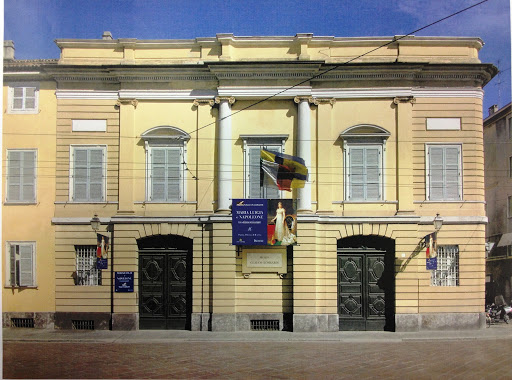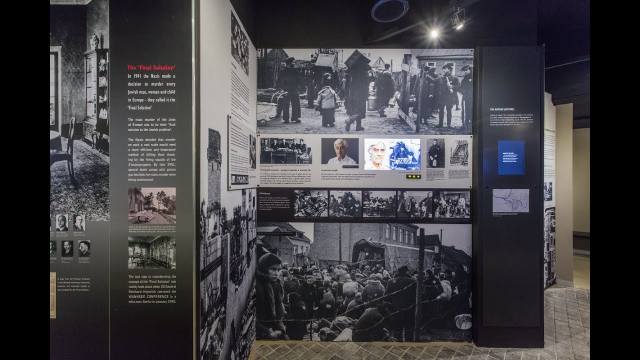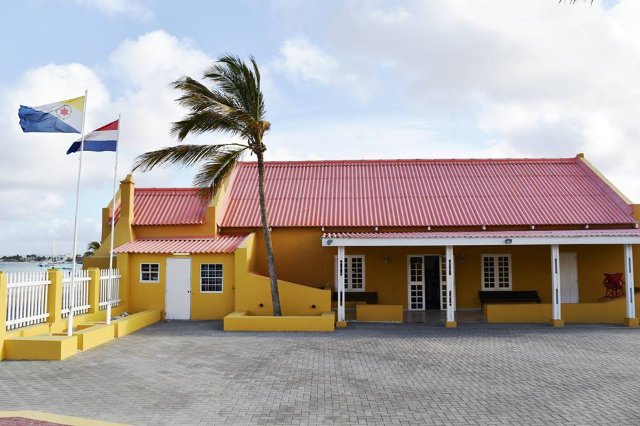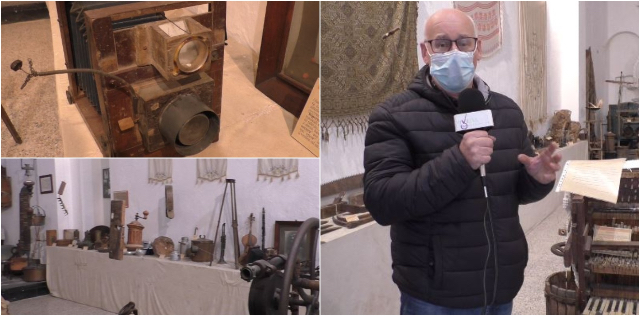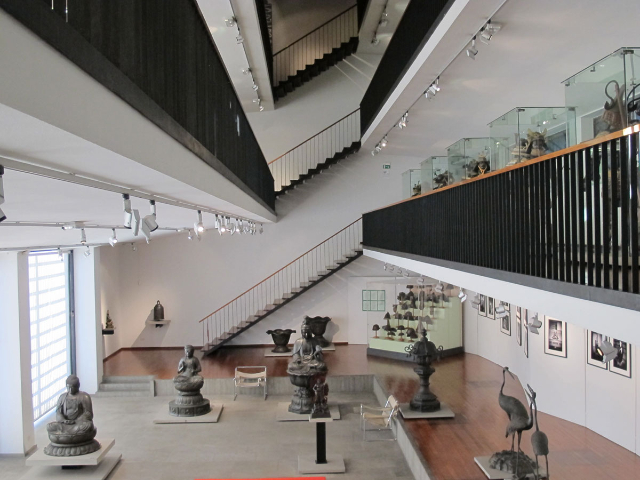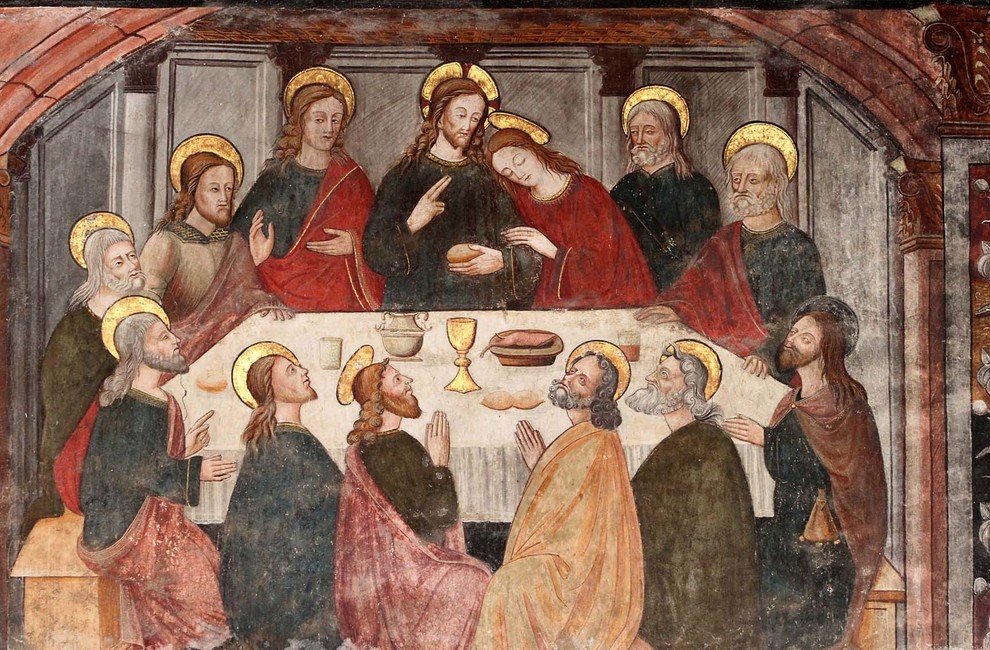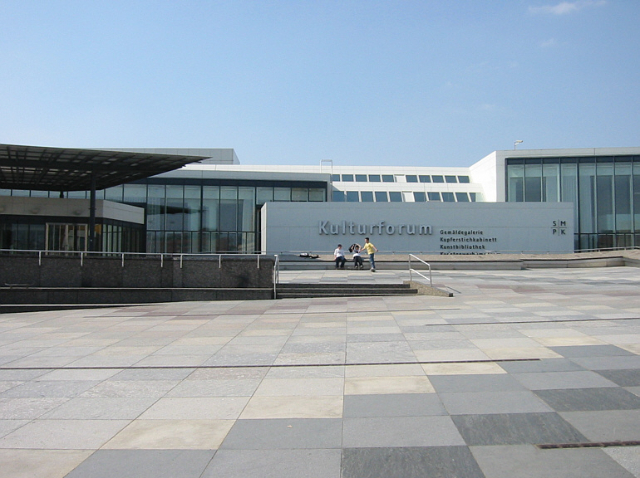The Glauco Lombardi Museum was born from the idea and will of Glauco Lombardi, who dedicated his entire existence to the recovery, study and conservation of what remained on the antique market or in private collections of the enormous artistic and historical heritage of Parma in the 18th and 19th centuries, with particular regard to the Bourbon periods (1748-1802, 1847-1859), of Marie Louise of Hapsburg-Lorraine, Empress of France as second wife of Napoleon Bonaparte and Duchess of Parma (1816-1847) where she took the name of Marie Louise, largely dispersed during the unification of Italy, among the many residences of the House of Savoy.
Among the vestiges preserved in the Museum are the remains of both the imperial period of Marie Louise (portraits, crystals and ceramics, the majestic Bridal Corbeille donated by Napoleon to his young wife in 1810, designed by the famous Parisian couturier Louis-Hippolyte Le Roy, swords and letters of Bonaparte, travel necéssaire) that of his thirty years of Duchy in Parma, including portraits and objects related to the public and private sphere (jewelry, watercolors, crochet work, embroidery, diaries, gala dresses, musical instruments). The works of various Italian and French artists active at the court of Parma between the 18th and 19th centuries, an expression of the prestigious Academy of Parma founded by the Bourbons, should also be emphasized; among the many, we would like to mention in particular Ennemond Alexandre Petitot, Benigno Bossi, Giuseppe Naudin, Paolo Toschi.
From 1915 to 1943 the original nucleus of the Lombardi Museum was housed in the Ballroom and adjacent rooms in the Ducal Palace of Colorno; in 1934 Lombardi made an agreement with Count Giovanni Sanvitale, the last descendant of the Sanvitale family, to sell to the Museum the precious objects that belonged to Duchess Maria Luigia, great-grandmother of Count Giovanni. The rooms in which the objects were placed were readapted in 1763 by a project of the French architect Petitot.
